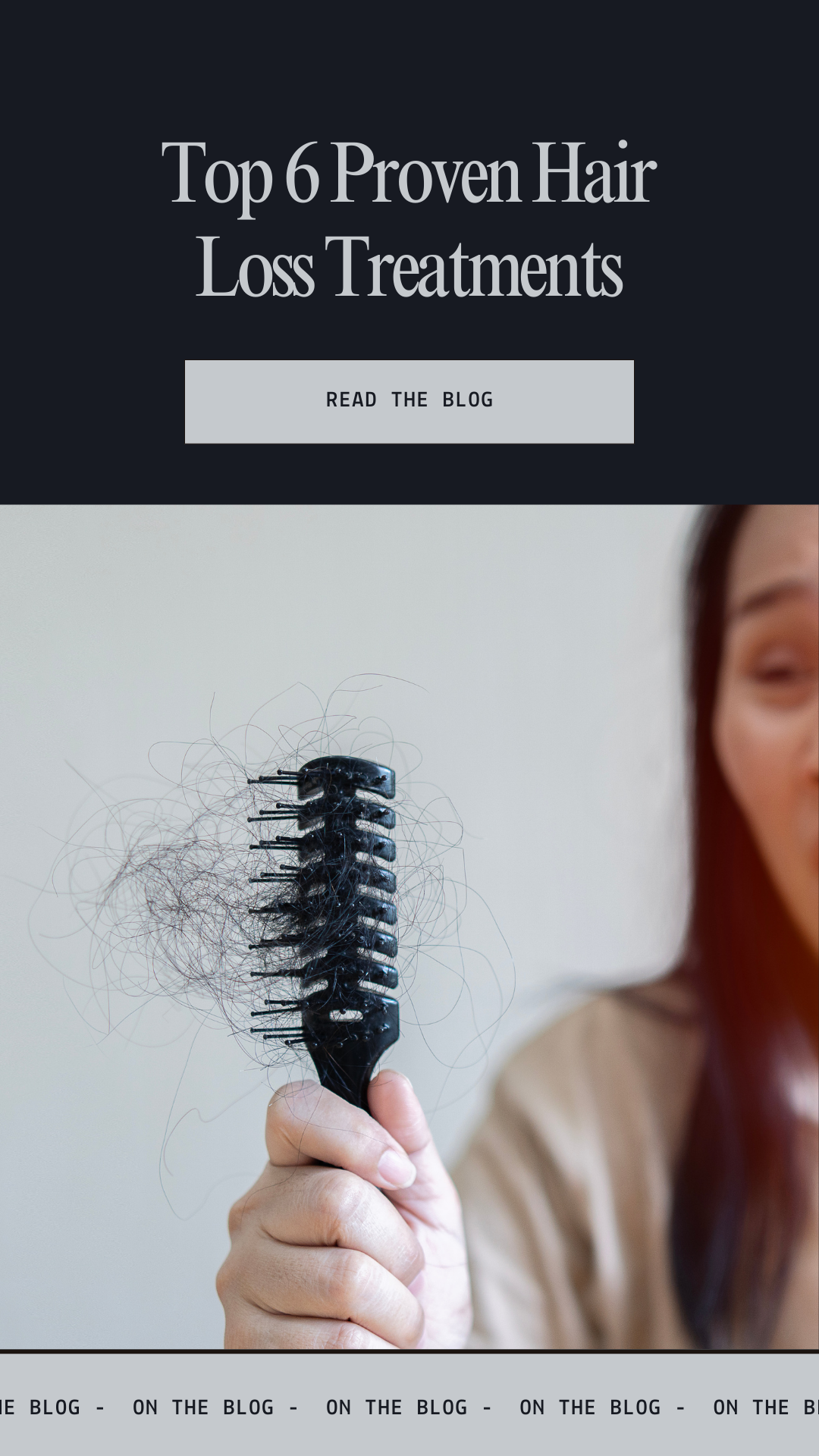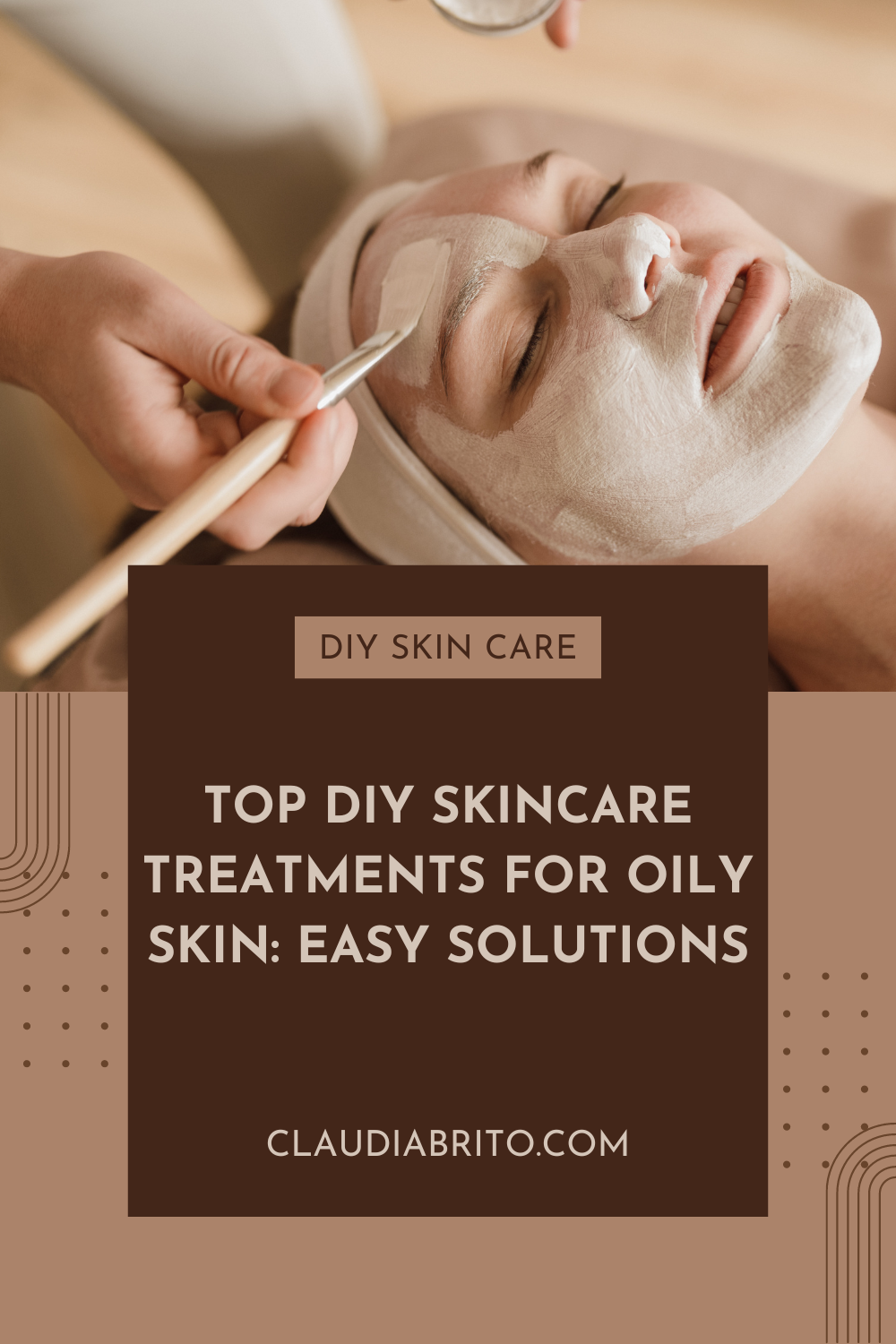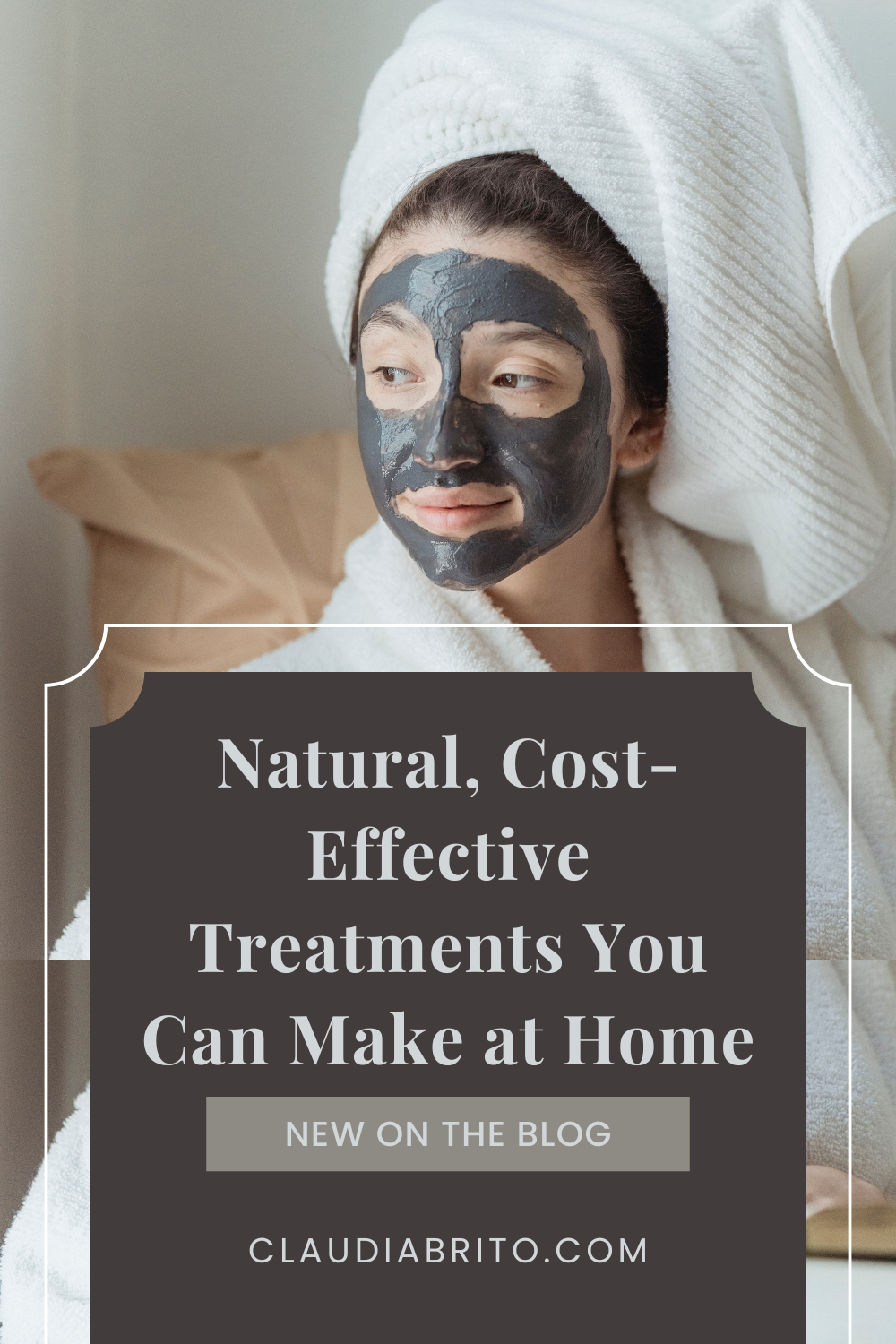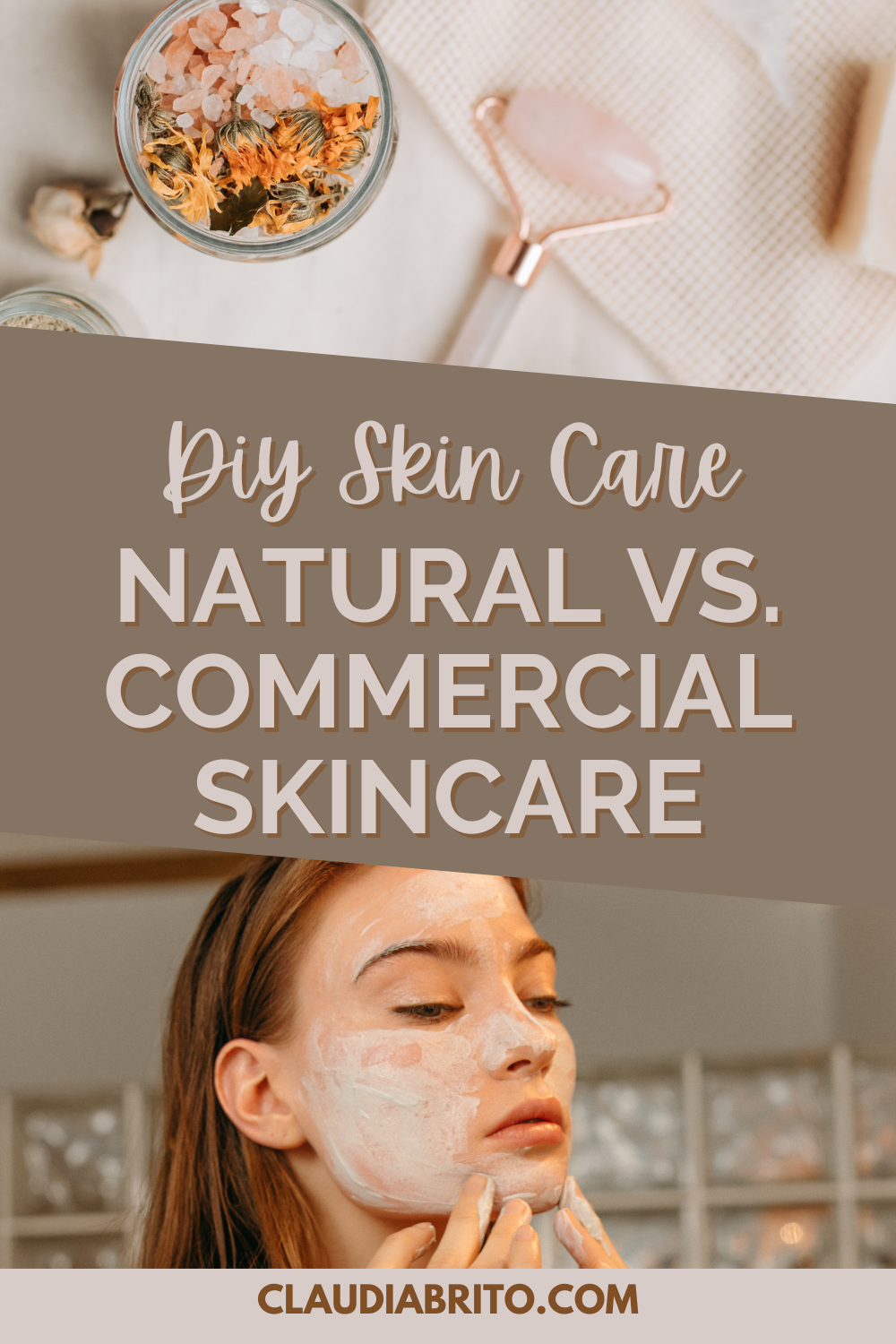Hair loss is a common concern affecting millions of individuals worldwide. Whether due to genetics, age, or other factors, the quest for effective hair loss treatments is ongoing. This comprehensive guide explores the most promising and scientifically backed solutions for combating hair loss, ensuring you make informed decisions about your hair care routine.

More Hair Treatments can be found here.
Understanding Hair Loss
Hair loss can stem from various causes, including genetic predisposition, hormonal changes, medical conditions, and certain medications. Identifying the underlying cause is crucial for selecting the most effective treatment.
Minoxidil (Rogaine)
Minoxidil is a topical medication available over-the-counter in 2% and 5% solutions for both men and women. It works by widening blood vessels and opening potassium channels, which stimulates hair follicles to grow new hair.
Effectiveness
Minoxidil is particularly effective in treating male pattern baldness and thinning hair in women. Clinical studies indicate that about two-thirds of men experience a significant slowing of hair loss and even some regrowth.
For women, minoxidil can effectively slow hair thinning, especially on the top of the scalp. The most notable results are observed in individuals under 40 who have experienced recent hair loss, typically within the past five years. Visible regrowth generally appears after 4-6 months of consistent application, making patience and perseverance key factors for success.
How to Use
For optimal results, minoxidil should be applied directly to the scalp twice daily, preferably in the morning and evening.
Ensure that your hair and scalp are completely dry before application. Part your hair to expose the thinning areas, then use the dropper or spray provided to apply the solution directly onto the scalp.
Gently massage the solution into the scalp with your fingertips, and allow it to dry completely before styling your hair or going to bed. Consistency in application is crucial for seeing and maintaining results.
Limitations
While minoxidil is effective for many users, it does have its limitations. It cannot fully restore a completely bald scalp to a full head of hair.
Additionally, the benefits are temporary – hair loss will resume if treatment is discontinued. Some users may experience an initial increase in hair shedding during the first few weeks of treatment. This shedding is usually temporary and is a sign that new hair is beginning to grow.
Side Effects
Common side effects of minoxidil include scalp irritation, such as dryness, itching, and redness. These side effects are more frequently observed with the 5% solution compared to the 2% solution.
Some users might also experience increased hair shedding in the initial stages of treatment. While these side effects are generally mild and uncommon, it’s essential to monitor any adverse reactions and consult a healthcare professional if they persist.
Finasteride (Propecia)
Finasteride is an oral medication that blocks the conversion of testosterone to dihydrotestosterone (DHT), the hormone responsible for male pattern baldness. It requires a prescription and is only approved for use in men.
Effectiveness
Finasteride has shown high efficacy in treating male pattern baldness. Approximately 90% of men taking finasteride experience a significant reduction in hair loss, with about two-thirds also seeing some degree of regrowth.
This medication works best when taken consistently over several months, with noticeable results typically appearing after 3-6 months of daily use.
How to Use
Finasteride is easy to use, requiring a daily dose of 1mg taken orally. Consistency is crucial for effectiveness, and missing doses can diminish the results.
For optimal outcomes, it can be combined with minoxidil, providing a comprehensive approach to hair loss treatment. Always follow your healthcare provider’s instructions regarding dosage and administration.
Limitations
Despite its effectiveness, finasteride does not cure baldness.
Hair loss will resume if the medication is discontinued. It is also not approved for use in women, limiting its applicability. Some men may be deterred from using finasteride due to potential side effects, despite their rarity.
Side Effects
Although uncommon, finasteride can cause sexual side effects such as erectile dysfunction, decreased libido, and ejaculation disorders.
These side effects are typically reversible upon discontinuation of the medication but may persist for several months in some cases. It’s essential to weigh the benefits and potential risks before starting finasteride and to discuss any concerns with your healthcare provider.
Low-Level Laser Therapy (LLLT)
Low-level laser therapy uses low-powered lasers or LED lights to stimulate hair follicles and promote growth. At-home laser devices like combs, brushes, and caps are available over-the-counter.
Effectiveness
LLLT has shown promise in increasing hair density for individuals with hereditary hair loss. While results can vary, some users experience noticeable improvement in hair density and thickness.
Consistent use is crucial for seeing benefits, typically requiring treatment sessions 3 times per week for at least 6 months. Studies indicate that LLLT can be an effective adjunct treatment when used alongside other hair loss therapies.
How to Use
LLLT devices are straightforward to use. Follow the manufacturer’s instructions, which generally recommend using the device for 10-30 minutes per session, three times a week.
Ensure you cover all thinning areas of the scalp during each session. Consistency is vital, as skipping sessions can delay or diminish results.
Limitations
While LLLT is considered safe with minimal side effects, more research is needed to determine its long-term efficacy and safety.
It is not as extensively studied as minoxidil or finasteride, and results can vary significantly between users.
Side Effects
LLLT is generally well-tolerated with minimal side effects. However, improper use can lead to scalp irritation or burns.
Always follow the device’s instructions carefully to avoid adverse effects and achieve the best results.
Platelet-Rich Plasma (PRP)
PRP therapy involves injecting a concentration of the patient’s own platelets into the scalp to stimulate hair growth. Platelets contain growth factors that may activate dormant hair follicles.
Effectiveness
PRP therapy has gained popularity as a treatment for hair loss, with studies suggesting it can be safe and effective.
Results vary among individuals, with some experiencing significant hair regrowth and others seeing more modest improvements. Multiple sessions are required for optimal results, with maintenance treatments needed to sustain benefits.
How It Works
PRP therapy involves drawing a small amount of blood from the patient, which is then processed in a centrifuge to concentrate the platelets.
These concentrated platelets are injected into the scalp at the level of the hair follicles. The growth factors in the platelets stimulate the follicles, promoting hair growth.
Limitations
PRP therapy requires multiple treatments, typically spaced 4-6 weeks apart. Maintenance treatments are necessary every 4-6 months to sustain results.
The procedure is not covered by most insurance plans, making it a more expensive option for many individuals.
Side Effects
PRP therapy is generally well-tolerated, with minimal side effects. As the patient’s own blood is used, there is a lower risk of adverse reactions.
However, some individuals may experience pain, bruising, or swelling at the injection sites. These side effects are usually temporary and resolve on their own.
Hair Transplant
Hair transplantation involves moving hair follicles from areas of dense growth to balding or thinning areas, providing a permanent solution for hair loss.
Effectiveness
Hair transplantation offers permanent, natural-looking results. The transplanted hair continues to grow normally, providing a long-term solution for hair loss.
Multiple sessions may be required to achieve full coverage, depending on the extent of hair loss and the density of donor hair.
How It Works
During a hair transplant procedure, hair follicles are harvested from the back and sides of the scalp, where hair growth is typically denser.
These follicles are then transplanted to the balding or thinning areas. The transplanted hair grows normally in its new location, providing a natural and permanent solution to hair loss.
Limitations
Hair transplantation requires multiple sessions, usually spaced 6-12 months apart. The procedure is not suitable for individuals with insufficient donor hair.
Additionally, hair transplantation requires a significant financial investment and a skilled surgeon to achieve the best results.
Side Effects
Common side effects of hair transplantation include swelling, bruising, and pain at the donor and recipient sites. There is also a risk of infection or scarring. Temporary shedding of transplanted hair can occur, but this is usually followed by new growth.
Supplements and Medications
In addition to topical treatments and procedures, some supplements and medications may help stimulate hair growth:
- Biotin (Vitamin B7): Supports keratin production, which is essential for strong and healthy hair.
- Ginseng: May stimulate hair follicles and increase blood flow to the scalp, promoting hair growth.
- Fish Oil: Rich in omega-3 fatty acids, which help reduce inflammation and support overall hair health.
- Viviscal: Contains marine extracts, vitamins, and minerals that nourish hair and promote growth.
- Spironolactone: A prescription anti-androgen medication for women that can help reduce hair thinning.
- Oral Minoxidil: A daily dose of 2.5-5mg may stimulate hair growth and complement topical treatments.
While these supplements and medications can provide an extra boost, they are not substitutes for proven treatments like minoxidil and finasteride. Consult with a dermatologist before starting any new supplements or medications to ensure they are appropriate for your specific needs.
Choosing the Right Treatment
The most effective hair loss treatment depends on the underlying cause of hair loss, as well as individual factors like age, gender, and severity of shedding. A dermatologist can help determine the best course of treatment.
In general, minoxidil and finasteride are considered first-line treatments for male and female pattern baldness. LLLT and PRP may provide an extra boost when used in combination with other treatments. Hair transplantation is the most permanent solution
YOU MIGH ALSO LIKE
-
Top DIY Skincare Treatments for Oily Skin: Easy Solutions
Oily skin can be challenging, but with the right DIY skincare treatments, you can manage excess oil and achieve a balanced complexion. Oily skin results from overactive sebaceous…
4 min read
-
The Magic of DIY Skincare: Natural, Cost-Effective Treatments You Can Make at Home
In recent years, the world of homemade skincare has gained immense popularity as people seek natural, cost-effective alternatives to commercial products. DIY skincare treatments offer numerous advantages, including:…
4 min read
-
Natural vs. Commercial Skincare: Which is Better for You?
The homemade skincare revolution is sweeping across the beauty industry. As part of a broader trend towards natural and DIY solutions, many are turning to homemade skincare products,…
4 min read
-
25 Trending Pastel Summer Nail Ideas You’ll Love
1. Purple Pastel Summer Nails 2. Pastel Orange Summer Nails 3. Simple Orange Pastel Summer Nails 4. Simple Flower Pastel Summer Nails 5. Colorful Pastel Summer Nails 6.…
4 min read
-
10 Proven Ways to Prevent Breakage and Damage in Natural Hair
Maintaining natural hair can be a rewarding yet challenging journey. One of the primary concerns for those with natural hair is preventing breakage and damage. With the right…
4 min read
-
Top 10 Best Products for Moisturizing Natural Hair
Natural hair can be beautifully unique, but it often requires extra care to maintain its moisture and health. Finding the right products is crucial for keeping your curls…
4 min read






